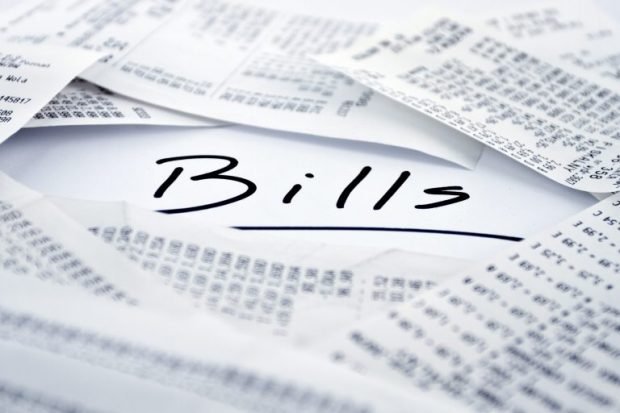Reader Mail on Roller-Coaster Income and Debit Cards for Kids
Recently, I heard from one of my dear readers, Jenn. The topic of her message? Her family’s roller-coaster income. No, they don’t work at an amusement park. But given their financial situation, it feels like they’re on some kind of scary, rickety, spine-chilling carnival ride.
Dear Mary: My husband has two jobs. He is an artist and a salesman. He earns commissions from both jobs, so we never know what our income will be. I work part time and am paid hourly. We can barely keep our heads above water. How can we possibly live on a budget? — Jenn
Dear Jenn: The mistake many people who live with an uncertain income (or what I call “mystery means”) make is that they spend whatever amount of money they earn as it comes in.
They multiply a good month’s income by 12, figure that’s their annual income and set their lifestyles accordingly. Then they starve during the lean months, allowing the bills to pile up unpaid, hoping that a good month will follow soon.
The secret to living on an uncertain income is to determine the very minimum you need to live each month. What dollar figure must your husband’s commissioned jobs produce so that when added to your part-time paychecks it will allow you to pay all of your bills? Whatever that number is, let that become his new salary.
Next, open another checking account and designate it as your holding account. Instead of putting his commission checks into your regular household account, deposit them to this holding account from now on.
Once a month, write out one check from this account to pay him his paycheck. This is going to require a great deal of discipline because some months he will bring in more than the amount you’ve determined to be his salary. That’s good because you will have lean months ahead. Allowing money to build up in that separate account will become the reserve you need to pay him even during those slow months.
Being self-employed (or commission-based, which, to me, is about the same thing) can be either rewarding or horribly debilitating. It all depends on your willingness to exercise great restraint during that occasional month when it feels like your ship has come in. Don’t believe it. Next month could produce little, if any, income. You have to learn to handle both.
Dear Mary: I would like to know your opinion of the Greenlight Debit Card for kids. — Debbie
Dear Debbie: I am opposed to any kind of plastic for kids. Honestly, age 18 is about the right time to introduce credit and debit cards. Plastic is a privilege for financially mature adults.
Plastic confuses and skews children’s thinking. Cash, on the other hand, works like a dream. It’s real, and you cannot spend more than you have. Teach your kids how to earn, save, give and manage cash. Those are the skills they need to learn so that they will be able to understand and manage plastic in the future.
I have written extensively about this in my book, “Raising Financially Confident Kids,” which also includes a foolproof, step-by-step plan that will help you to produce financially confident adults. I hope you will read it before you hand your child a debit or credit card.
Keep an eye on your mailbox. I’m sending you a copy of the book with my compliments. Enjoy!
Agree/Disagree with the author(s)? Let them know in the comments below and be heard by 10’s of thousands of CDN readers each day!




